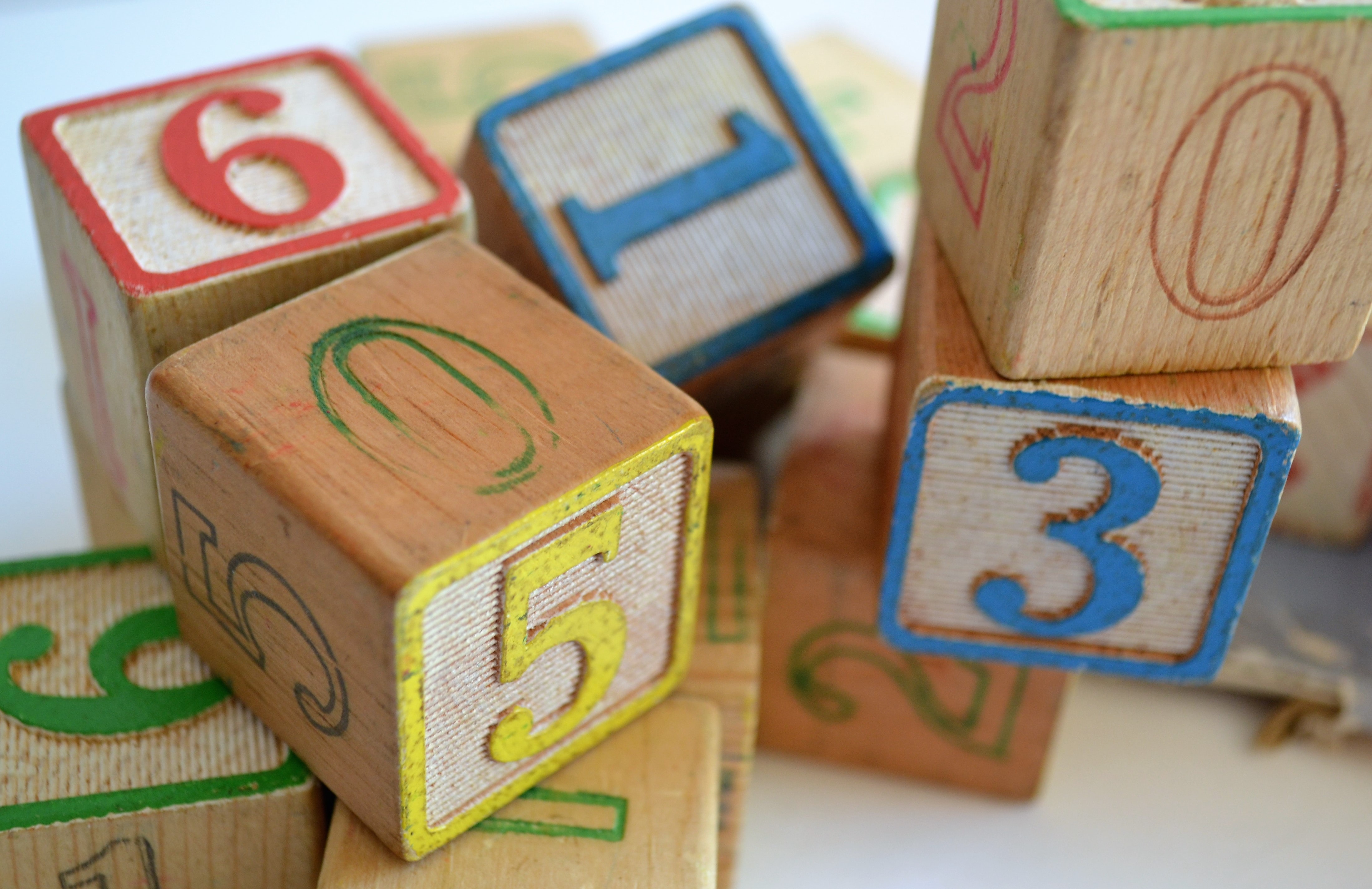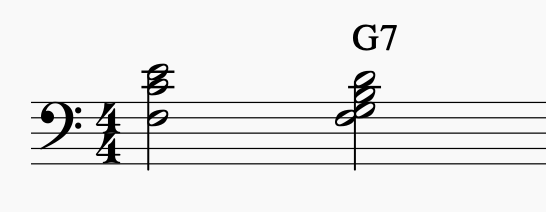The Pippinpotato Corner All things pippin and potato
Harmonic Function of Rootless Chords in Solo Piano
3 minute read

It’s common to use rootless chords when playing with a bass—you don’t need to play the root because the bass is playing it for you. However, rootless chords can also be used in solo piano when there isn’t anyone else playing the root for you. In this solo piano context, the usage of rootless chords has a slightly different harmonic function than in the context with a bass.
If you are already familiar with using rootless voicings in solo piano, you’ll notice that rootless voicings sound less “grounded” than rooted voicings. This article will serve to explain why they sound less “grounded” and the modified harmonic function of rootless chords in a solo piano context.
Easy Reharmonization
When you play a rootless chord you’re essentially doing a reharmonization. I’ll go through an example.
Let’s take a look at a ii-V-I progression:

If we use a rootless voicing for D-7, we get this new progression:

We’ll see that our rootless voicing for D-7 is essentially an FMaj7, so we’ve reharmonized the ii-V-I progression. This results in a less “grounded” sound because the “grounded” sound comes from the root movement of a fifth. This is called an authentic cadence and it is the most compelling cadence in music that leads to the greatest feeling of resolution. D to G is an authentic cadence. When we play a rootless voicing for D-7, reharmonizing it to FMaj7, our root movement is now IV-V-I. We have taken away that first authentic cadence, which is why this rootless voicing feels less “grounded.”
There are a multitude of different chords that could arise out of a rootless voicing. This is especially true for dominant chords because of all the different alterations we can make to them. Here are some examples of rootless voicings of G7 renamed to their appropriate chord names in a solo piano context:

Notice that all of these, to varying degrees, feel less grounded than the G to C authentic cadence we’re reharmonizing.
Fragment Chords
When going through and relabeling different rootless voicings, you’ll notice that some of the chords we reharmonize into are missing the 3rd and therefore aren’t full chords. These chords are called fragment chords.
Here is an example of a D-7 rootless voicing that turns out to be a fragment chord:

A fragment chord has a greater sound of ambiguity and lack of direction. The lack of a third gives ambiguity to its quality; it could be a major 7 or a minor major 7 depending on if the third is minor or major. A fragment chord is therefore not a tonal chord but a modal one; its function more closely resembles that of quartal chords, where we’re thinking less in terms of harmonic movement and more in terms of groups of notes that suggest a certain mode/scale.
Final Note
What we’ve realized is that playing rootless chords in a solo piano context is an easy way to encapsulate a reharmonization. You don’t have to think about which chord you want to reharmonize to; you can just use rootless voicings that you already have in your muscle memory, knowing that it produces a valid reharmonization of a floatier quality.
Written on July 9th, 2020 by Chris Cheung